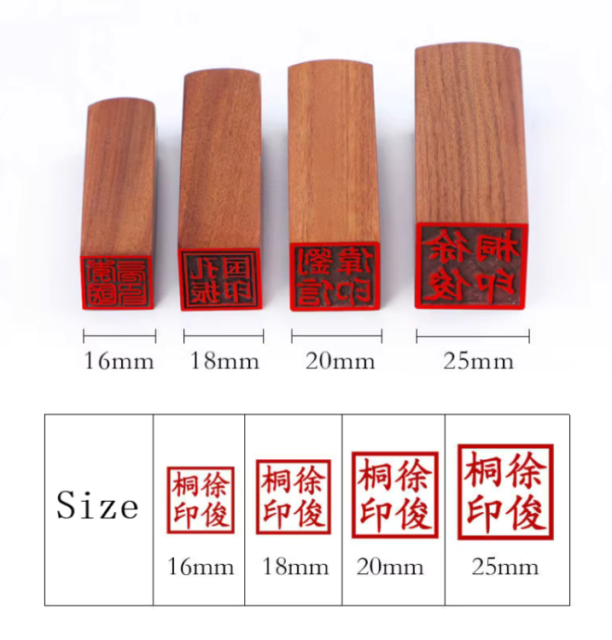In today’s fast-paced digital world, it might seem surprising that Japan still relies heavily on something as traditional as the hanko—a personal or corporate seal used in place of a handwritten signature. But behind this small cylindrical object lies a rich cultural history, deeply interwoven with Japan’s legal, social, and economic evolution.
Understanding the roots of hanko reveals much about the values and systems that still shape Japanese society today. Whether you’re new to Japan or a long-time resident, exploring the story behind hanko will deepen your appreciation for this enduring tradition.

The Origins of Hanko
The concept of using seals for identification and authorization dates back thousands of years. In Japan, hanko first appeared during the Nara period (710–794 AD), influenced by Chinese administrative practices. Originally used only by the emperor and ruling elites, the hanko represented authority and authenticity. Possessing one was a mark of power and status.
Over time, their use spread beyond the imperial court to the samurai class and, eventually, to merchants and the general public during the Edo period (1603–1868). By the Meiji era (1868–1912), official regulations were introduced that standardized hanko usage in legal and administrative procedures. This move laid the foundation for the modern hanko system still in use today.
Types of Hanko and Their Uses
As hanko became more embedded in society, their roles diversified. Today, individuals and businesses typically own multiple seals, each serving a distinct function:
- Jitsuin (Registered Seal): Official and legally binding, used for real estate transactions, marriage registration, and other serious commitments. Must be registered at the municipal office.
- Ginkōin (Bank Seal): Used for banking purposes, such as opening or managing accounts. Often registered with the bank.
- Mitomein (Everyday Seal): Used for less formal needs like receiving packages, internal approvals, or signing casual documents.
- Kakuin (Company Seal): Typically a square-shaped corporate seal used for internal company matters.
Each type carries its own level of legal weight and is stored, handled, and used with varying levels of security.
Hanko and Japanese Identity
The continued use of hanko is about more than tradition—it’s about identity and trust. A hanko is often custom-carved with an individual’s or a company’s name in stylized kanji, katakana, or even Roman characters. This uniqueness offers a sense of personal or corporate pride.
In Japanese culture, stamping a hanko on a document symbolizes deliberate intent. It suggests that the signer has reviewed the document and is willing to take full responsibility for its contents. In many ways, it is more solemn than a handwritten signature.
Because of this, many people store their jitsuin in locked cases or safes. Some even go as far as designating specific staff members to handle hanko, especially in corporations where misuse could lead to serious consequences.
The Role of Hanko in the Digital Age
In recent years, there has been increasing debate in Japan about whether to move away from hanko in favor of digital authentication. During the COVID-19 pandemic, the need to physically stamp documents slowed down remote work efforts, sparking widespread calls for reform.
Despite these pressures, the transition has been slow. Many government offices, banks, and legal institutions continue to require physical seals for critical processes. The resistance is partly due to security concerns, but also a deep-seated cultural belief in the value of physical authentication.
There are efforts underway to introduce digital hanko—secure, encrypted versions of traditional seals that can be applied to digital documents. While not yet widespread, this hybrid approach may allow Japan to preserve tradition while embracing innovation.
Why Hanko Still Matters Today
The hanko may seem outdated to some, but it remains deeply meaningful in Japan:
- Symbol of Trust: Applying a hanko is a statement of commitment and accountability.
- Cultural Continuity: Hanko represents a link to Japan’s past and maintains a connection with its historical values.
- Personal Expression: With choices in script styles, materials, and design, each hanko is a unique artifact.
Whether you’re opening a bank account, signing a contract, or just picking up a package, using a hanko is a gesture of respect toward Japanese customs.
Final Thoughts
The story of hanko is one of resilience and tradition. From its imperial origins to its everyday use today, this small seal has played a big role in shaping Japanese society. As Japan slowly navigates its way toward digital alternatives, the cultural significance of hanko remains firmly intact.
If you’re looking to own a piece of this living tradition, or need a hanko for personal or business use, HankoHub.com offers expertly crafted, customizable seals made with precision and care. Whether you want a jitsuin in durable titanium or a decorative mitomein in wood, you’ll find the right seal to match your needs.
Preserve tradition. Sign with confidence. Discover your perfect hanko at HankoHub.com.













